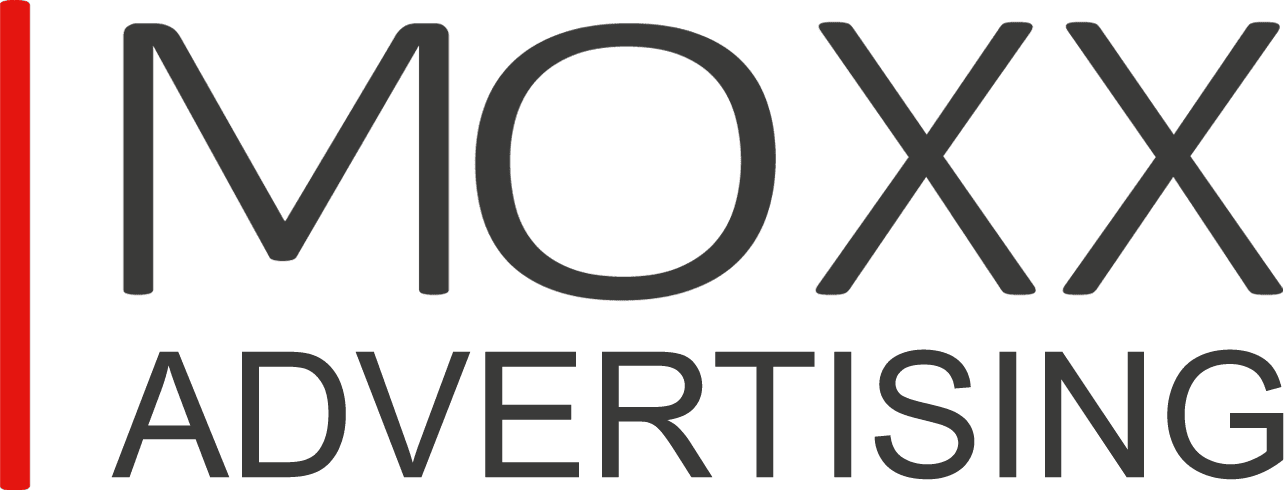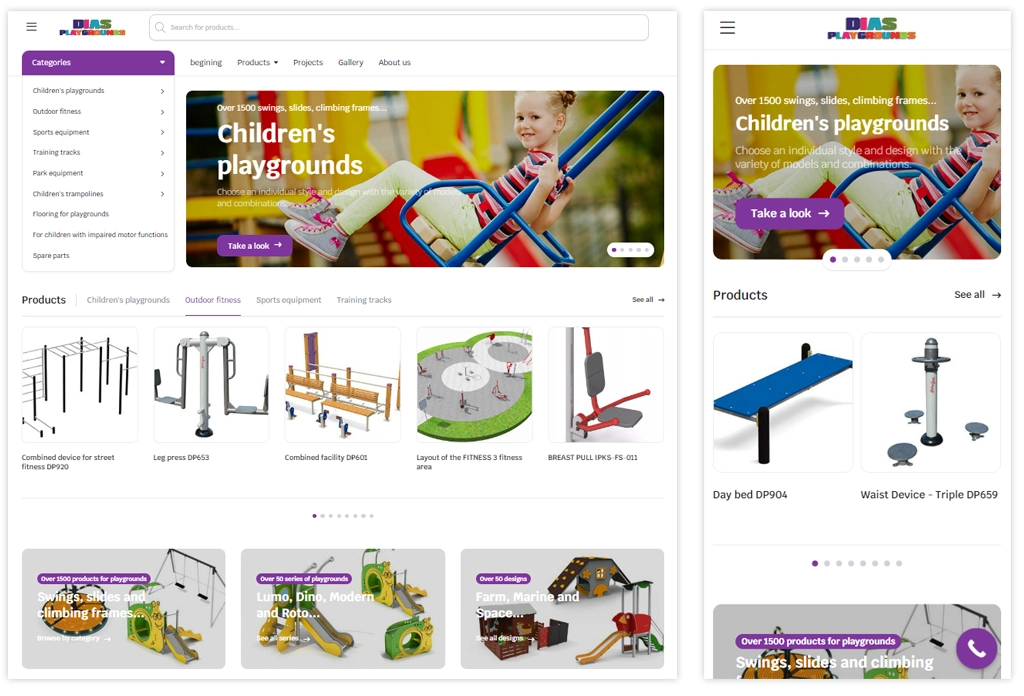SEO on a website
SEO on a website is a fundamental part of the success of your business online. A website that is well optimised, structured and rich in content and value can skyrocket you in the ranks of successful businesses in the industry in which you operate.
SEO
SEO is as a process of optimisation of your website or online store that aims to increasing the visibility in search engines (like Google). The aim is to gain more organic traffic. In fact, SEO is to meet the need of users by creating suitable quality content and to give the best user experience. The first three organic results gain more than 50% of all clicks. This is the place where SEO has a main role in improving the position in ranking. A better position will bring more traffic which will automatically bring new clients are success in the brand. In other words, neglecting SEO will give your competitors an advantage.
Good results in SEO are long-term because they are based on analysis, a systematical approach and the best solutions for the specific business. Investing is SEO allows you to step ahead of you competitors in your industry and niche.
SEO vs PPC
Most of the pages with results from search engines (SERPs) include two types of results:
- Paid results: You must pay for an advertisement (PPC)
- Organic results: You must ‘earn’ your ranking here with SEO
‘Our client – construction company with developed site contacted us for cooperation with the problem that they weren’t receiving inquiries despite paying for an advertisement
Without primary analysis, there was an advertisement budget that didn’t match the trends and minimum display bid. The key words that were used received a large number impressions, but they weren’t relevant. The client was constantly shrinking the budget until the optimisation started working and they received three big orders based on uploaded ‘done objects’ which were missing before.’
You may ask: Why don’t I just pay to appear in the classified section?
The answer is simple.
- Most of the people ignore ads and click on organic searches.
- When you stop paying, you won’t be shown in results.
- Your budget might run out due to false clicks.
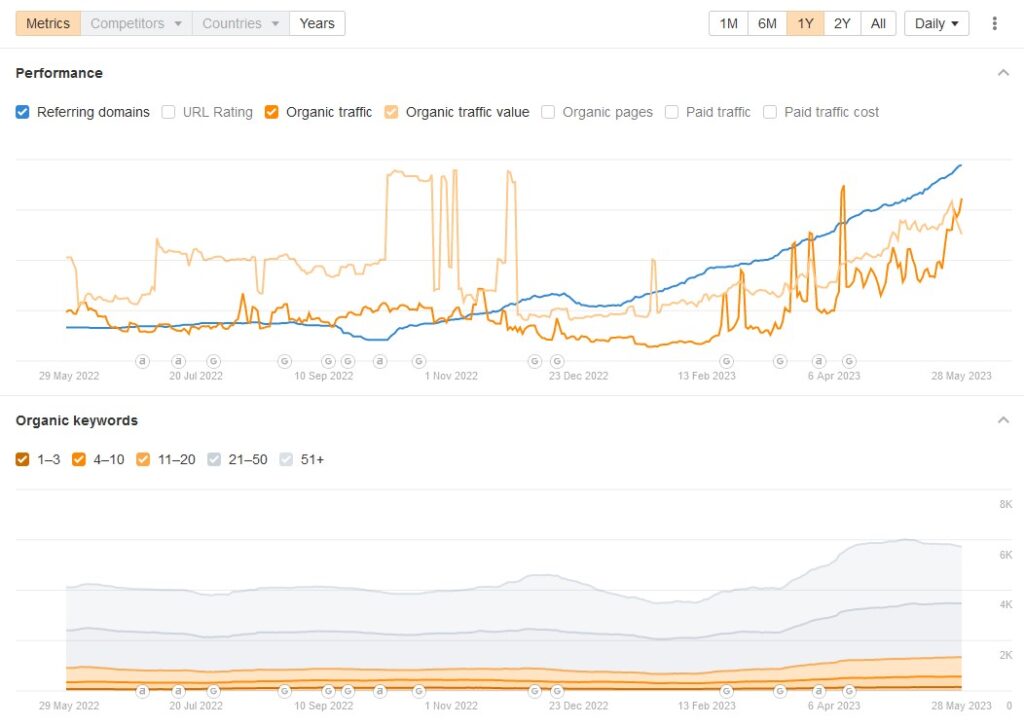
Yes, SEO takes more time, effort and resources even though it focuses on ‘free’ organic traffic.
Once you’ve reached higher ranking for your aimed keywords, you can reach more people and generate ‘passive’ traffic that doesn’t disappear once you stop paying.
Note: PPC advertisement is an important channel. It plays a main role in marketing strategies. PPC doesn’t compete with SEO – both can be effective at the same time.
Facts and SEO – Why invest/ Everything points to the facts
How do search engines work?
The end goal of each search engine is to make those who use it happy from the results they find.
To reach this, search engines must find the best pages and present them as top results when searching.
‘Google isn’t the only search engine. However, it is the most popular way of searching. That’s why we refer to Google every time we talk about search engines. SEO is very similar for most search engines.’
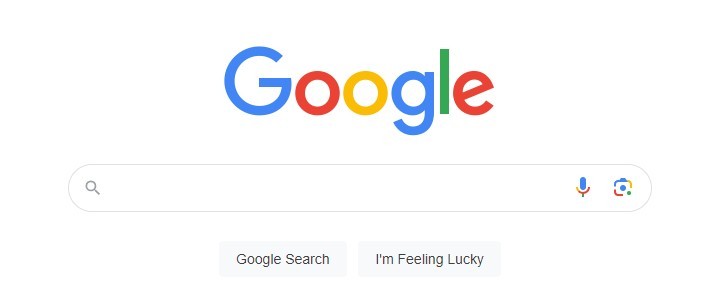
Google uses these steps when finding and ranking content:
- Crawling: Google uses bots or computer programs to crawl the web and search for new or updated pages. When finding a page, it must have at least one incoming link, pointing to it.
- Indexing: After that, Google analyses every page and tries to understand what it is about. Then, Google saves this information in its index– a huge database of webpages.
- Serving search results: When a makes inquiry Google, defines which pages have the best quality and relevancy and ranks them in SERP.
Our goal is to help the engines crawl and index all pages on your site.
We can provide the possibility for crawling and indexing your pages with good practices, called technical SEO.
It’s time to take a closer look at how the best results are chosen and the role of SEO in this process.
How does SEO work?
How does Google define which pages are shown as search engine results page (SERP) by a given query? How does this influence the traffic on your website? Let’s take a closer look at SEO.
Google’s search engines are constantly scanning the web, collecting, categorising and saving billions of web pages in their index. When you search up something in Google, it shows results from its indexes, not directly from the web itself.
Google uses a complex formula (called an algorithm) to sort the results by a series of criteria (ranking factor – we will take a closer look at them later). These criteria include quality of content, its relevancy to the search query, the website (domain).
The way people influence the results shows Google the needs each page satisfies (or not), which is also a part of the algorithm.
In other words, SEO works like a complex system for feedback. It brings the most relevant and hopeful results for each search using your information, Google`s and the searchers`. Your role is to create content which meets Google’s requirements for expertise, authoritativeness, and trustworthiness (EAT).
SEO Google ranking factors
What are these requirements? What is qualitative, directed and convenient for EAT optimised content? There are hundreds of Google ranking factors and Google is constantly developing and improving its algorithm in order to continue to show the best experience. There are twelve factors that should be prioritised.
According to FirstPageSage, these are the main Google ranking factors and their contribution:
- Consistent publication high-quality content (26%)
- Keyword in Meta Title Tags (15%)
- Backlinks (15%)
- Niche Expertise (14%)
- User Engagement (12%)
- Trustworthiness (5%)
- Mobile-friendly / Mobile-First Website (4%)
- Internal Links (3%)
- Page Speed (3%)
- Site Security / SSL Certificate (2%)
- Schema Markup / Structured Data (1%)
- Keywords in URL (1%)
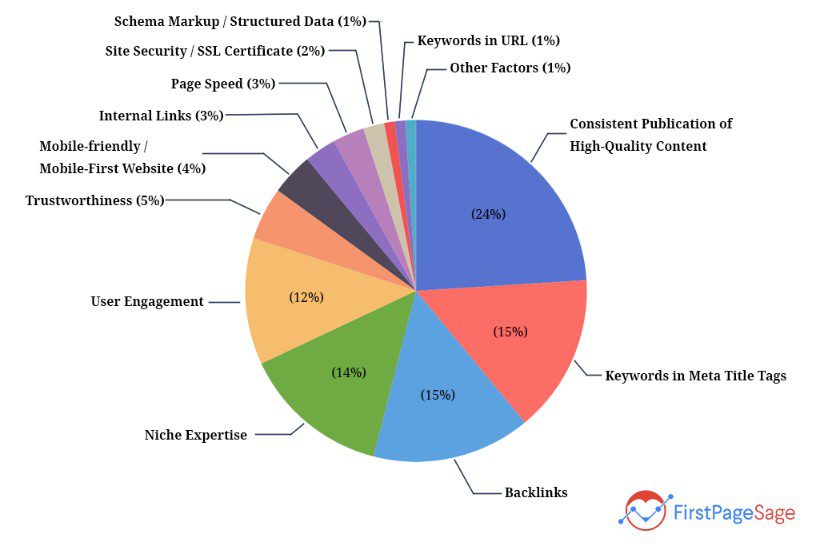
https://firstpagesage.com/seo-blog/the-google-algorithm-ranking-factors/
Don’t forget about the factors at the end of the list. Other factors, such as unrelated mentions, social signals, history of domain, outgoing connections and structure of the website have 1%. Keep in mind that there are at least 200 more Google ranking factors. This means there are at least 189 more factors that make up that 1%. In other words, factors, such as keywords in the URL, which have 1%, aren’t that unimportant as you might think they are.
- Almost 70% of online surfing starts with search engines
- Those who click on the second page barely make up 1%
- More than half of the traffic comes from organic search
- Google search engine, Google images, Google Maps continue to hold top positions for collecting a huge share of all Internet traffic
Optimised sites tend to yield much better results than social media. Don’t underestimate the power of SEO especially if it’s made by a specialist with experience.
How much time does SEO take?
Depends… First, the size of the site, number of products and internal pages. It takes a week or two for quality and full SEO audit. It’s necessary to prepare a semantic core of the keywords, then there is a plan for content and building internal links.
If we take the factors from above and you have a site with 1500-3000 products, then the whole optimisation will take at least 6 months. Yes, that’s the time it takes to clear all mistakes, to build the structure and content in order for the semantic core.
The accumulation of internal links must be planned, taking into account different sources. This has to be done in stages. To ‘convince’ Google that you’re updated and consistent, you need time. Keep in mind the time you need to write materials, articles, prepare graphs, images, and tables.
Here are the steps that each of our projects goes through:
- SEO analysis of content and the site’s structure
- Constructing of semantic core, plan of content and external links
- Optimisation of the structure, meta titles, and descriptions
- Optimisation of external connections and increase the content tenfold
- Technical optimisation and resolution of accumulated errors
- Creation of content for external publication, purchasing links, and sharing external links
- Social profiles and building an audience.
After completing the first two steps, we can approximate the time required for the subsequent phases, as they run in parallel with periodic checks.
The processes are automated where possible, but experience tells us that a person can create quality content to cover all the steps and achieve the best results.
‘In some of the projects the automation for applying the names of the products to add alternative texts to the photos didn’t work out. The theme didn’t allow it so we had to rewrite the code and part of the descriptions.’
‘In our other project, we had a small website with 200 products spread across 28 categories and 30 pages. The reorganization of the internal structure and optimisation alone took at least a month. There were products created like pages, new products with minimal content, missing logic in the structure. The solution – we collected information from the manufactures, we divided it and added it as additional technical information for each of our products to increase the content fivefold.’
SEO is a long and hard process but it sure has a huge effect on your ranking.

WOW results after SEO of a website
Are you starting from scratch or looking to expand your online presence? With a quality SEO audit and an On-Site SEO plan, we will improve the quality, speed, and performance of your website or online store.
Our SEO services
Now is the time to discuss how we actually implement SEO – how we optimise a website for these factors to rank higher on Google and drive more traffic. This requires a combination of on-page, off-page, and technical optimisations. Let’s organise the steps accordingly. Here are the stages for optimising your page
We examine over 100 points to conduct a thorough and accurate analysis of your website’s current state. The output of this assessment highlights critical areas and issues that require action, along with the steps and estimated time for implementation.
‘While technical optimisation can be done in a relatively short period of time, the actual SEO takes time and certainly cannot be achieved within two days.’
‘Our client, a media website, experienced a loss of traffic and positions. The audit revealed poor site structure, content concentration, and links to tags marked with the ‘noindex’ attribute. Broken modules and resource-heavy plugins were also causing the site to perform poorly. Within two weeks, we resolved the technical issues, updated the site structure, and improved loading times. However, content optimisation and the core on-site optimisation are still ongoing, along with the training of the website staff.’
I suppose you have encountered websites where the loading time seems like playing Tetris with the elements falling into place. It can be frustrating, indeed. Technical and On-Site optimisation are closely related and often intertwined, as resolving an issue in one part can improve the other. Let’s explore what the technical improvement of a website entails.
Checking and optimising the technical aspects of your website involves:
- Design and site architecture
- Loading speed
- Security
- XML sitemap
- Robots.txt
- Canonical URLs
- Hreflang tags
- Internal linking
- Redirects and errors
- Duplicate content
- Structured data markup
- Checking for missing meta titles and descriptions
- Noindex tags
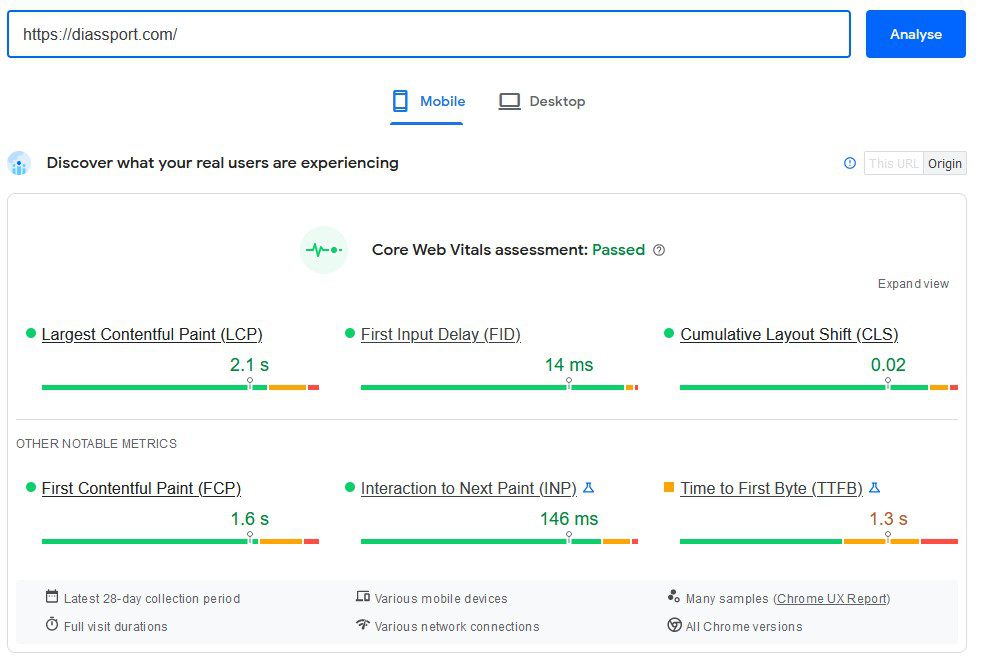
This service is focused on content optimisation and its structure. The main steps are to ask ourselves: What will we offer? To whom will we offer it? How will we offer it?
In this regard, the SEO analysis comes to our aid. Through it, we will create your buyer personas, identify the main keywords to work with, establish the semantic core for content optimisation, and clean up and add meta data to your website.
The following key points fall within the scope of this service:
- Keyword research
- Content quality and relevance
- Keyword placement
- Images – size, names, and alt text
- Headings – length, relevance, and keyword usage
- Meta titles
- Meta descriptions – length, relevance, and keyword usage
- URL structure
- Internal linking
- Technical condition
- Content freshness
Depending on whether the website is being newly created or if we are optimising an existing one, we approach the process differently.
‘For our client’s playground equipment website, we combined both approaches during the update. In motion, we optimised the existing content and products. When uploading new products, we used the data from the keyword analysis and semantic core to pre-optimise and upload them.’
Here’s how we accomplished the redesign of a working website – Dias Playgrounds.
If the audit allows it, automation can be used for long-term benefits, especially for new products.
‘Our client had been uploading product images with original names and metadata from their Greek suppliers. In this case, automation wouldn’t work, so we downloaded all the information and manually changed image names and descriptions.’
Working on website content is a long and complex process. Several factors must be considered, and monitoring results is crucial to achieve the desired rankings.
Our team is ready to assist you, and you can reach out to us for consultation and pricing.
Building backlinks is one of the most critical aspects of search engine optimisation. It helps increase the authority and relevance of your website in search engine result pages (SERPs). To rank higher in search engines, you need high-quality links from authoritative websites.
However, this process can be time-consuming and challenging. That’s where this service comes in! We have a list of over 400 media outlets that offer opportunities for link acquisition or article publishing. Depending on the products or services you offer, we can provide article writing and create links from authoritative sites.
Here are a few ideas to obtain quality backlinks to your site:
- After checking your competition, you can take advantage of the sites they have used for link building.
- Check your clients’ websites and negotiate link placements as references to your site.
- Purchase links from high-ranking sites related to your products and services.
- Negotiate with your suppliers to get links as partners.
- If you have worked on a project as a subcontractor, you can also negotiate for a reference link to your site.
- Conduct a search on Bulgarian portals and directories and add your company and website to obtain links.
We can fulfil each of these points and many others to create a strong link profile for your site.
The concept is simple. It is a process of optimising your website to achieve better rankings for location-specific searches. When a user includes the name of a city in their search or when the search engine detects the user’s location, the results can be based on that area. An example of a local search phrase would be ‘car dealership in Mladost 1, Sofia.’ To optimise for these local searches, you will need to employ different techniques and tactics. Successfully doing so will improve your business’s position in local search rankings.
One of the primary tactics for local search optimisation is to create content on your website that showcases your location. There are several ways to do this. First, make sure that your name, phone number, and address are easily found on your website. Most businesses include this information in the header and/or footer of the website, as well as on the contact page.
Local search optimisation typically includes:
- Maintaining your business profile in Google My Business (GMB).
- Managing reviews and responding to them.
- Using the right keywords in location-specific pages, review responses, and social media content.
- Managing directory listings on sites relevant to your industry.
E-commerce SEO is a strategy that helps online merchants rank higher in search engine results. A well-designed and optimised website with high-quality content will perform better in search engines like Google, increasing the visibility of your online store and attracting traffic.
In other words, e-commerce SEO focuses on optimising your website to facilitate acquiring potential customers and generating sales.
However, unlike content-focused website SEO, e-commerce SEO is more than just adding keywords, writing blog posts, and acquiring backlinks. E-commerce SEO focuses on analysing buyer intent, examining customer profiles, identifying purchase-driving factors, and creating a sales funnel for upselling.
E-commerce SEO is internal optimisation with a focus on ranking and reaching the end customers.
E-commerce SEO services enable your business to:
- Build a respected online presence.
- Use keywords to attract and engage potential customers.
- Position your business as a relevant local solution.
- Provide solutions to customers in a way that suits them.
- Increase online efficiency and conversion rates.
- Ensure that you remain competitive in an increasingly digital market
International SEO plays a significant role in the growth of an online business, especially if the brand operates in international markets. By optimising the website according to international standards, you will have equal opportunities for success, just like the most prominent market leaders. Never underestimate the power of good optimisation; it works for you.
International SEO works entirely in your favour. With professional optimisation methods, our team applies modern approaches and techniques to optimise your website online. This means your business will be able to unlock its full potential, leading to long-term satisfaction with high profitability and success. International SEO has its intricacies, and it requires specialised expertise. Our experts are ready to assist you.
